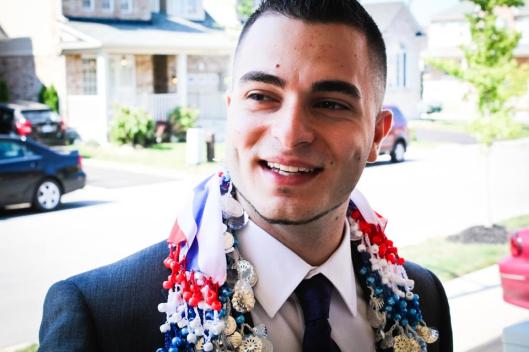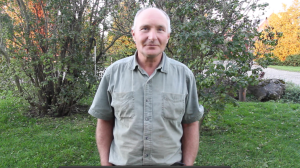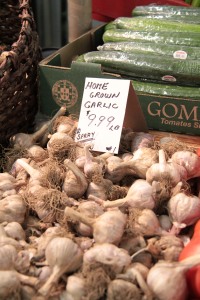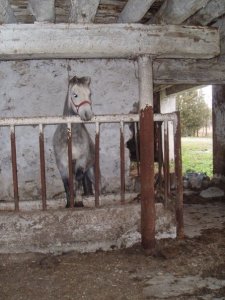If you could picture change, what would you see?
The progression of age in a human life, of day to night, the rise and fall of industry?
Would you see fascism fall become replaced by flags of democracy? Would Indigenous people gain the right to vote, or come to exist sovereignly within their homelands?
When I picture change, I will forever be reminded of an exhibit I became aware of through the Idle No More facebook feed online.
Hear it with me now: Click, click, click. Click… click… click.
Google claims that it answers more than a billion questions worldwide, every single day. Of the queries that the search engine receives, 15% are unique. That percentage may represent the amount of ingenuous curiosity that anyone could expect from humanity online.
Nevertheless, the human mind is curious, uniquely or not. But to what end?
My position on facebook is generally slouched and wanting. I have come to expect very little return for whatever inquisitiveness that I bring to the social media website. So, when I found myself astonished and transformed by something that I ‘just happened’ to click one day in August, I was surprised.
I am still surprised.
One day, Idle No More’s official facebook page linked to a photography exhibit being held in Toronto. A quick browse of the Idle No More page will reveal that social consciousness and environmental activism are promoted passionately within that movement. I was interested in societal change already, but I had become somewhat indifferent in response to the many images that I viewed in a day.
Until Tammy.
 Photo by Brynn Campbell. Story and biography found here.
Photo by Brynn Campbell. Story and biography found here.
Tammy was my sister’s neighbour living in the projects that no one talks about, in Peterborough, Ontario.
The story that I carry about what living beside a person who is addicted to crack is a long one, and I will not share it here, except for this: I never saw Tammy as a person during the time when I came to know her, until I found these photos online.
Tammy was a head of unruly black hair, perched on top of a body that was constantly moving to music that no one else could hear.
She waved around a room. Her eyes behind her raven locks were darting and invisible; but no one could help but hear her voice. Tammy would tell us story after story, sometimes lie after lie, but her intentions were generally good. She was actually a kind of delight to be around. But I never saw her face.
I had to study Brynn Campbell’s photos of Tammy at length to believe what I was actually seeing. My sister’s neighbour. A person. She was alive, and well, and telling stories, still. Who I was seeing.
I was elated. I was moved. I was changed.
After studying Brynn’s photos of Tammy, I worked my way through the rest of the exhibit:
The female child in Myanmar posing sultrily under posters of Western women who are half-nude: Photograph by Albert Normandin
The three calendar girls of the Claremont Retirement Residence smiling proudly in precious, amicable embrace: Photograph by Irene Borins Ash
Homeless Joe, who reminds me of so many men I came to know during years of volunteer work in a Moncton, New Brunswick shelter: Photograph by Pawel Dwulit
Each of these (and so many more of the photos on the Photosensitive site) are thought provoking. In my interview with Brynn, she stated proudly that the best of photography is highlighted in this exhibit. I agree in so much as I see real, whole human lives in each photo.
I do not believe I am alone in capacity for finding intensity and power in photographs. Perhaps it is possible that one of the 100 photos at the Picture Change exhibit is waiting to change you.
The exhibit runs at 123 Front Street West in Toronto, Ontario until November 18, 2013.
I encourage everyone to get eye to eye with it, and to follow Photosensitive online here and here as they bring us more of their amazing work.
Map to the Picture Change Exhibit



























